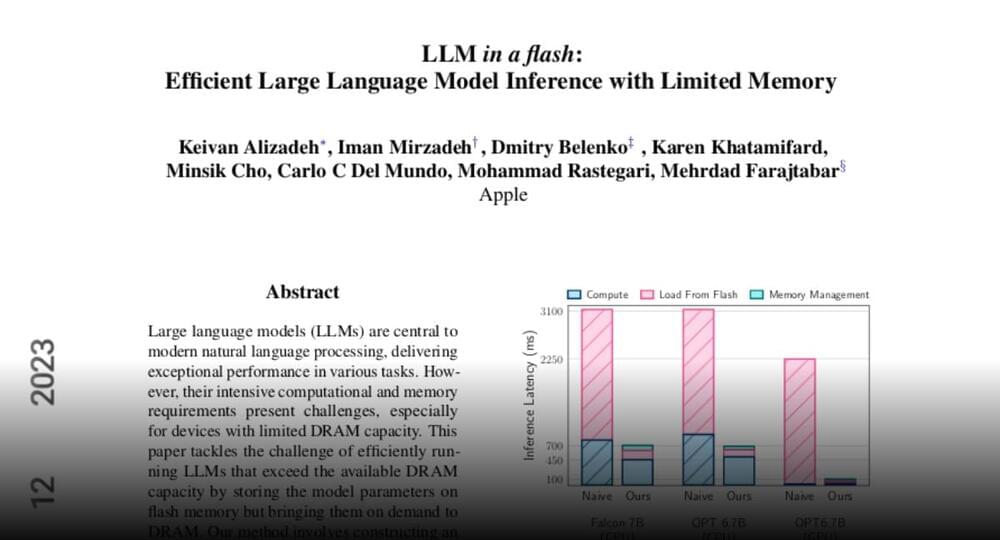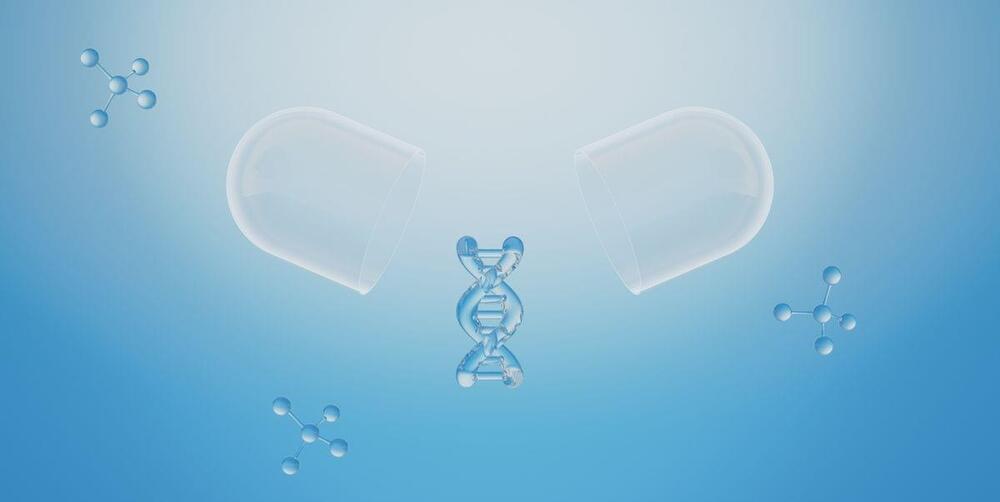Join the discussion on this paper page.


Follow Jeff Lutz on X: @theJeffLutz My website: https://www.herbertong.com Get Free TESLA Milestone Tables Check out 15+ modules of resources for the $TSLA Investor Join this channel or Patreon to get access to perks: Get free access to 15+ modules of TSLA investor resources Become a member: #Tesla #TSLA #stock #ElonMusk #investing #teslabot #technology #ai #TeslaNews #TeslaFSD #teslastockanalysis #TeslaUpdate #ElonMuskNews #EV #FSD
Tesla’s Future Charging, The New Tech in the Model Y, Tesla software features and more.


Dec 20 (Reuters) — Sales of electric cars in the European Union were almost half of all new passenger car registrations in the EU between January and November 2023 and already crossed the halfway mark in the month of November alone, data showed on Wednesday.
Electrified vehicles — either fully electric models, plug-in hybrids or full hybrids — accounted for over 47.6% of all new passenger car registrations in the EU as of November, up from 43% in the same period last year, the European Automobile Manufacturers Association (ACEA) said.
New-car registrations in the EU increased 6.7% in November, the 16th consecutive month of growth, with a year-on-year rise of 13.3% in the registration of electric vehicles. Petrol car registrations grew by 4.2%, while diesel dropped by 10.3%, the data showed.

Most workers say AI makes them more productive, but the more they use the technology, the more they worry about their jobs, a new CNBC|SurveyMonkey poll finds.
Tesla’s Cybertruck manufacturing process is groundbreaking and involves high precision laser cutting and stamping of stainless steel, setting a new benchmark for work trucks and impressing industry experts like Sandy Munro.
Questions to inspire discussion.
What materials are used in the Cybertruck manufacturing process?
—The Cybertruck manufacturing process involves high precision laser cutting and stamping of stainless steel without a coating, as well as the use of aluminum bronze to stamp hot blanks.
Tesla is poised to lead the future of autonomous vehicles and the electric car market, with the potential for the Model Y to become the best-selling vehicle and the end of legacy auto manufacturers on the horizon Questions to inspire discussion What is the speaker’s background and expertise? —The speaker has a backgrou.
